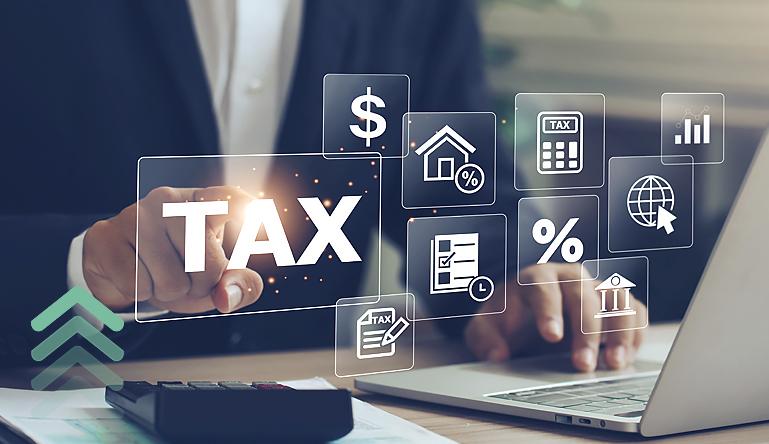Ensuring Fair & Equitable Taxation with State-of-the-Art Software
 By Patrick Santoso, Director of Professional Services, Catalis Tax & CAMA
By Patrick Santoso, Director of Professional Services, Catalis Tax & CAMA
In today’s complex economic landscape, ensuring fair taxation has become a significant challenge for governments worldwide. The need for fairness, equitability, as well as compliance and transparency in tax systems is more crucial than ever. Taxing authorities are turning to software for all of their tasks from valuation to billing, delinquency, and compliance, to promote fairness across the board.
The Role of Technology in Taxation
The integration of advanced software in tax administration has revolutionized the way governments handle taxation. These technologies enable authorities to streamline processes, reduce manual errors, and ensure accurate data collection. By leveraging the taxing jurisdiction’s own data as well third-party sources can analyze vast amounts of information to identify patterns of non-compliance and potential fraud.
Benefits of State-of-the-Art Software
Improved Accuracy and Efficiency
Modern CAMA and tax software automate many aspects of property valuation, bill generation, and processing. This automation reduces the likelihood of human error and ensures that valuations are fair and equitable and tax calculations are precise and accurate. These systems reduce the time it takes to produce valuations for taxation and integrate with other local systems.
Enhanced Data Security
With the increasing threat of cybercrime, protecting taxpayer data is paramount. Advanced software solutions offer robust security measures, including encryption and secure authentication, to safeguard sensitive information. This builds trust between taxpayers, taxing authorities, and software vendors encouraging voluntary compliance.
Integrations and Transparency
Modern software provides integrations with other local systems and feeds transparency portals, enabling the ability to identify discrepancies as they occur. This real-time insight allows for prompt action whether by the taxpayer, taxing authority, or regulatory agency increasing trust and transparency in the Property Tax System.
Personalized Taxpayer Experience
Modern tax systems are increasingly user-friendly, offering personalized interfaces and support. Taxpayers can easily access their information, understand their tax obligations, and receive guidance on compliance. This user-centric approach fosters a positive relationship between the taxpayer and the government.
Challenges and Considerations
While the benefits are significant, implementing state-of-the-art tax software is not without challenges. Governments must clearly define business requirements (including statutory requirements) and goals for the new software, conduct robust acceptance testing, and ensure that staff are receptive to training on the new system. It is critical to realize that the new software will not function in the same manner as the legacy systems, and to achieve operational efficiency, the jurisdiction must be open to new ways of doing business.
Conclusion
The adoption of state-of-the-art software in assessment and taxation is a crucial step toward enhancing fair and equitable taxation. Catalis, with its Property Tax Oversight solution, exemplifies this by offering a comprehensive SaaS compliance and management system. It addresses the challenges faced by state property tax administrators, such as processing vast quantities of data and utilizing outdated systems. Catalis provides a fully configurable suite of tax software systems that supports automated workflows and improved analytics, ensuring fair and equitable taxation.
Visit Catalis for a comprehensive list of our government/public sector solutions.


